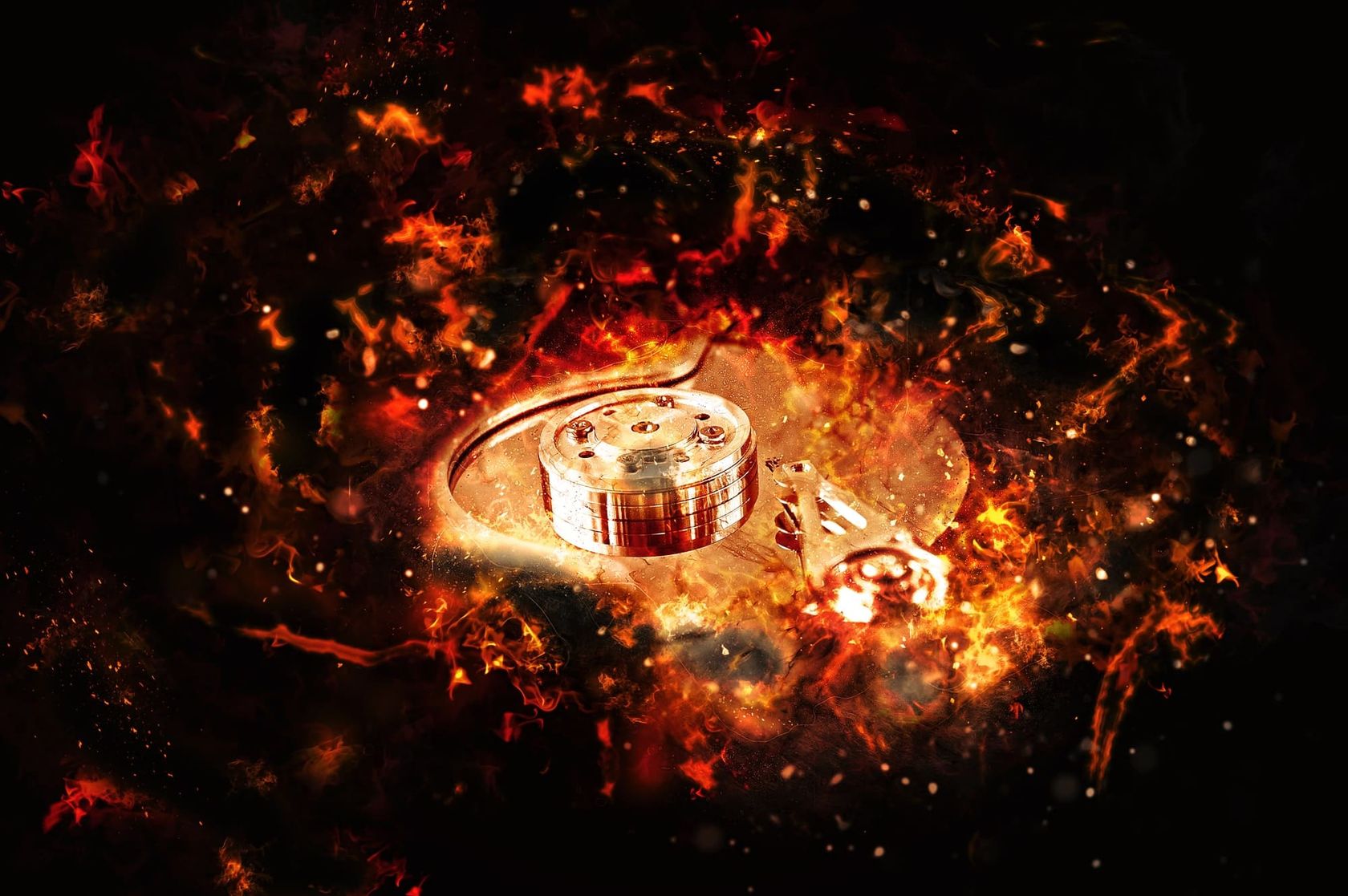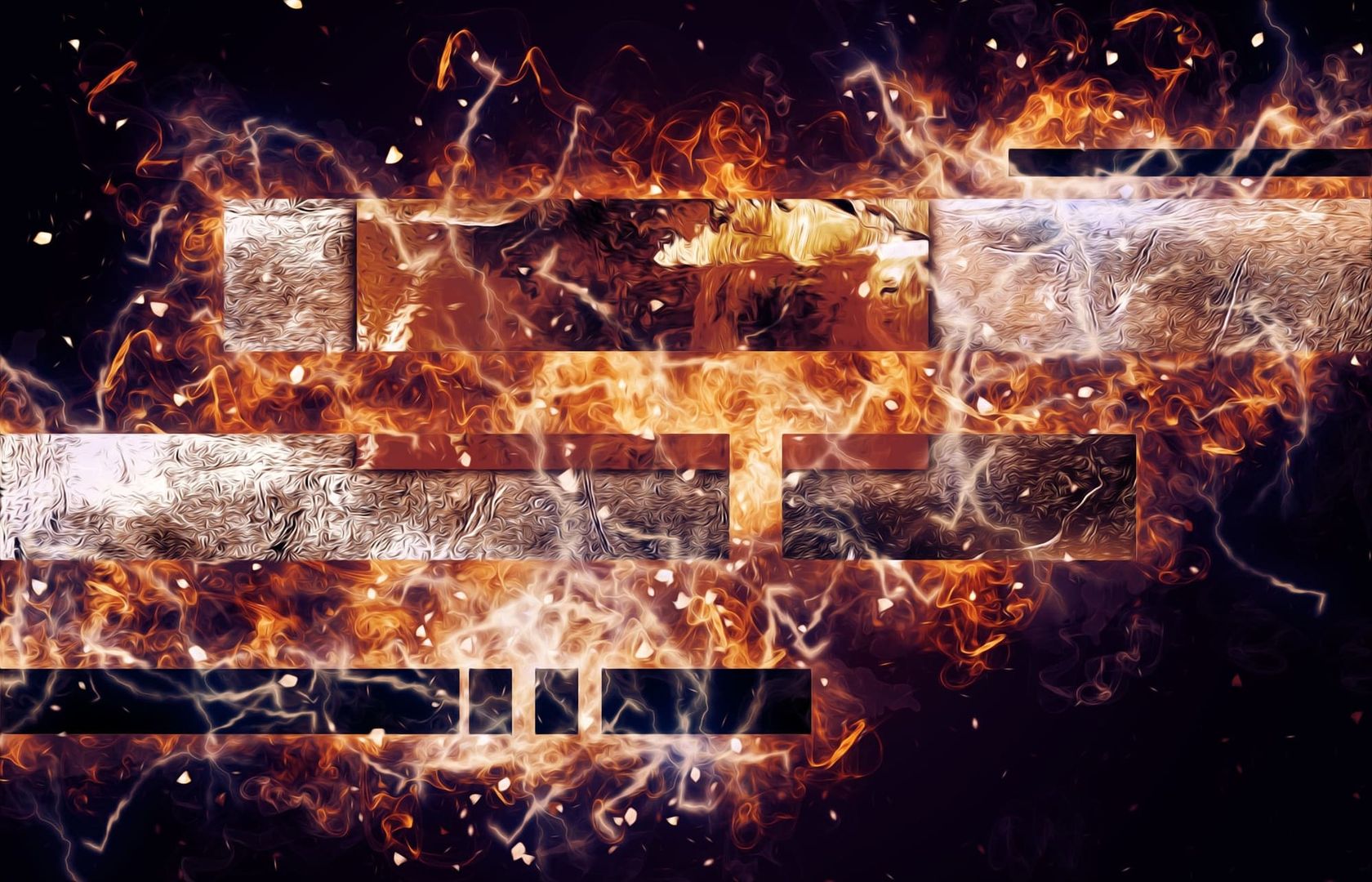Although houses made of steel are rather unusual in Ukraine, steel has many advantages compared to the materials traditionally used in our country for building houses, such as bricks, reinforced concrete slabs and solid frame construction. It allows for faster construction and provides more options for implementing design ideas.
However, prospective residents and other dwellers in similar houses reasonably question whether it is safe to live in a steel house. Mainly, they are concerned about the way the metal walls and frames would react to high temperatures and fire.
We already have suitable and time-tested answers to these questions, as steel has been widely used for house construction abroad. In Ukraine alone, thousands of commercial and industrial buildings have been built using steel structures: warehouses and shelters, workshops and agricultural structures, shopping centres and even administrative buildings. Moreover, rules and regulations governing the fire protection of steel structures have been implemented in real life.
Why does metal need protection against fire?
The melting point of steel is around 1,500°C. Meanwhile the indoor temperature in case of fire, as a rule, is not more than 800-900°C. If we compare these two facts, we get the false impression that fire is not at all a critical factor for steel. However, metal needs to be protected against fire.

When high temperatures are involved, a lot of changes happen. The strength of steel structures diminishes when it is exposed to open fire and this process can proceeds rather quickly. The changes become evident in around 10 to 40 minutes. In accordance with safety requirements, this interval should last much longer, for example, from 25 minutes to 2.5 hours. This provides a cushion of time in order to allow for the arrival of firefighters and the time required to begin suppressing the fire. Any failure to do this will cause irreversible changes in metal structures and the building may need to be demolished. Otherwise, it might simply collapse.
To avoid this, metal should be protected from the impact of an open fire. Fire protection generally refers to certain measures that should be considered during the engineering stage of buildings and other structures.
First, a fire-resistance class of steel structures that would correspond to the degree of fire resistance for the future building should be determined. Then, you should calculate the cross section index for the structures and decide on their type, i.e., shaped-type or box-type structure. In addition, you need to calculate the critical temperatures of steel parts and decide on the service conditions of fire-insulation materials, as you may face an aggressive environment, high humidity, constant mechanical vibrations, etc. Finally, it is important to decide on a method of protecting the steel against fire.
Degrees of fire resistance
During engineering, the most important thing is to assess the building’s degree of fire resistance. In Ukraine, these requirements are regulated by state construction standards, such as DBN V.1.1-7:2016, DBN V.2.2-24, DBN V.2.2-15, etc.

There are eight degrees of fire resistance for buildings and structures, depending on their purpose, height, area, and other parameters.
Designers and customers should then decide on the fire resistance class of structural steel for these buildings, allowing not only the construction of a facility able to withstand fire, but also permitting the successful evacuation of people, firefighting and salvage operations.
When the customer selects steel as the main structural material, then the metal structures should be treated in accordance with fire protection rules. This document describes all of the parameters: starting from surface preparation of rolled steel up to the treatment of the protected surface and acceptance of the completed work.
And bear in mind that fire protection actions are also subject to compulsory licensing.
Which materials protect steel against fire?
There are two main ways to protect steel from fire. All materials used for fire protection of metal structures can be divided into the following groups:
- non-reactive (passive)
- reactive.
The protection effect of the first group is possible due to the properties of the material that make it resistant to open fire and high temperatures. It represents an additional barrier between the flame and the metal. This includes plasters (gypsum and cement), plates and sheets (dry walls, silicate, etc) and other heat-insulating materials (blocks, bricks, etc).
Plastering is generally the most cost-efficient means of protection. Plastering material is evenly layered (with 10-50 mm thickness) on metal structures. This approach is also reasonable when steel structures have unusual shapes or their location does not allow for protecting them with plates.

When choosing between a cement and gypsum plaster, one should consider the level of indoor humidity, service conditions, longevity of required protection properties (cement plasters can last almost four times longer), etc.
The key difference in the application of fibre plates or sheets is that they do not contact the metal directly, and they can be installed during any season. They include dry construction technologies that do not require additional tools (compared to plastering). They have a longer service life. The level of fire resistance is also much higher using this fire retardant technology.
Reactive materials are special flame retardant paints. They can be aqueous, solvent diluted, epoxy paints. Recently, ‘swelling’ paints or materials with thermally expandable graphite, have become more and more popular. This paint is also called an intumescent-type paint.
It has one peculiarity. Under normal conditions, it does not differ from ordinary decorative paints. But reaching a certain surface temperature, these paints begin to expand (swell up), creating an additional layer that separates the metal from the fire. They have both advantages over plasters and plates (for example, a more attractive appearance), while they also are subject to restrictions for usage on some buildings and structures.
In any case, the fire protection of steel structures is a crucial process, and it should be overseen by qualified experts. Meanwhile, all materials used for this purpose should be accompanied by the required conformity certificates. When these rules become a compulsory principle, the construction of buildings using steel will be a common practice in Ukraine.
